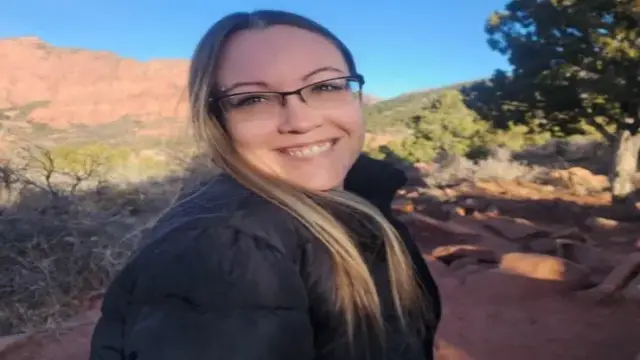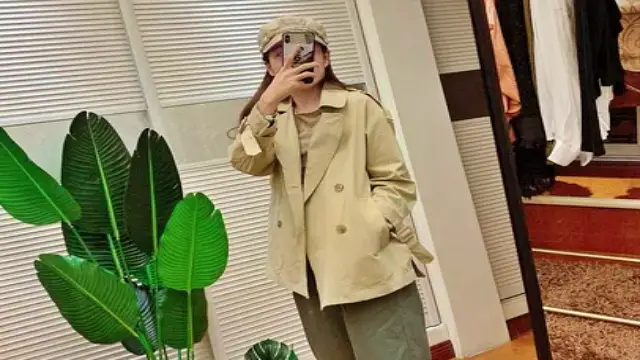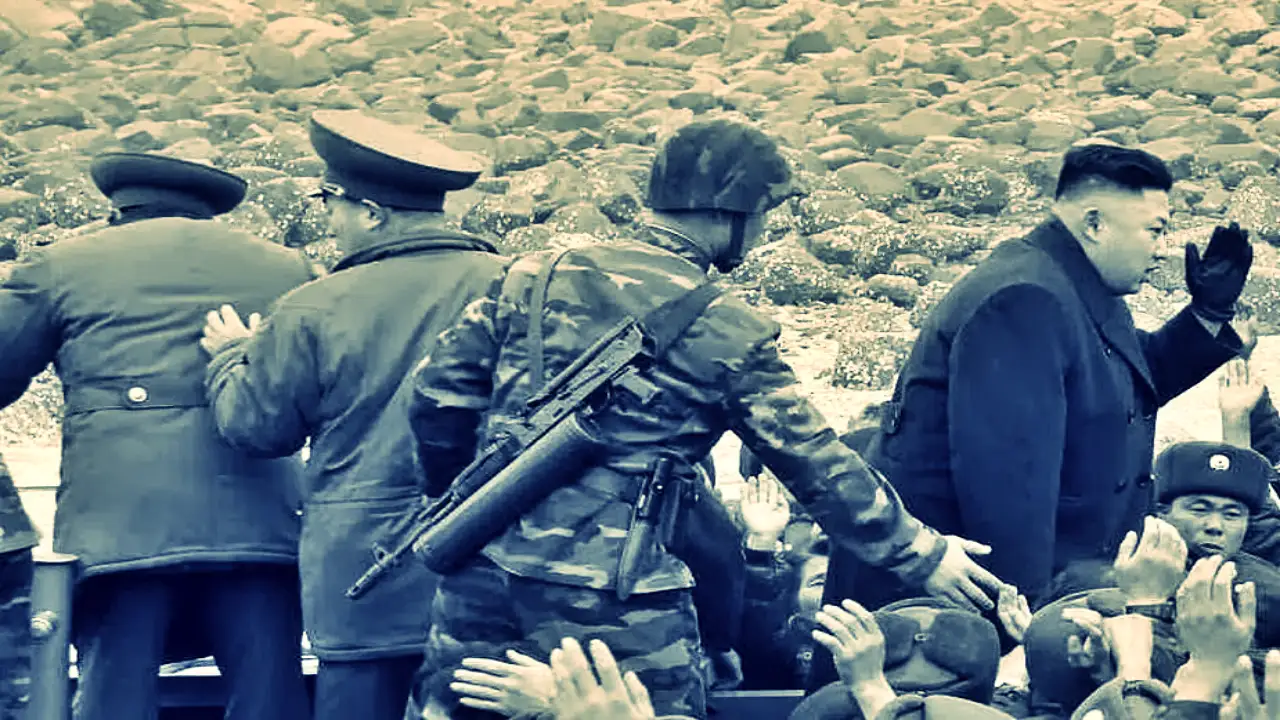LOS ANGELES — Frank Whipple, whose whimsical paintings of nuns wearing the winglike headdresses of the Daughters of Charity found favour with a host of Hollywood celebrities, died on June 8 in Los Angeles. He was 93.
The death was confirmed by Alma Albani, his ex-wife.
Whipple first encountered the Daughters of Charity as an Army soldier during World War II, when he was being treated in an Italian hospital for shrapnel wounds to the leg. He was impressed by their serenity and good humour in the midst of wartime chaos.
In the early 1960s, after turning his amateur enthusiasm for painting into a vocation, he began producing the small-scale works he called Whipple’s Wimples. Executed in oil on board, on a miniature scale of 5×5 inches, they depicted groups of nuns, always seen from behind, in comic situations: Playing tick-tack-toe on a wall, smoking cigarettes furtively behind a barn, wandering into a bar with a “spirits” sign over the entrance.
Over more than half a century, he turned out thousands of nun paintings, attracting the patronage of Hollywood luminaries such as Frank Sinatra, Cary Grant, Henry Fonda and John Wayne.
Whipple — born Frank Elbert Whipple Jr in Kansas City on Feb 11, 1923 — studied industrial journalism at the then-Kansas State College before enlisting in the Army immediately after the Japanese attack on Pearl Harbor.
As a press officer for his company, he wrote and edited features and news articles for newspapers back in the United States. He had been stationed in North Africa when he was sent to Italy, where he helped set up petroleum pipelines for military airfields. At one point, he volunteered to drive truckloads of nitroglycerin.
“He felt that he had a steady and sensitive foot for driving,” said his son, Frank Whipple III.
After leaving the Army, Whipple worked as a newspaper journalist in Kansas City. In 1948, he abruptly announced that he intended to move to California. He, along with his parents and two younger brothers, went to Redondo Beach.
Whipple worked briefly as a radio reporter before finding steadier work as a trip planner for the Randall Motor Club. At the same time, inspired by the art he had seen in Italy, he began teaching himself to paint. Initially, he did portraits, still lifes, landscapes and nudes. The nuns came later.
He married Albani, a secretary at the motor club and later an opera singer, in 1954. The marriage ended in divorce. In addition to his son Frank, he is survived by a daughter, Laura Whipple.
After painting at night and on weekends in his garage for several years, Whipple quit his insurance job and opened the Orange Gallery, a shop selling international arts and crafts in Los Angeles. To catch the eye of passers-by, he occasionally placed rocks that he had painted in the display windows. He painted some with owls, and one day, on an impulse, he painted a rock with a wimpled nun — and a career was born.
An artist’s agent with a long list of entertainment-industry clients began placing Whipple’s work with actors and notable personalities such as Ethel Kennedy and Lady Bird Johnson. Comedians, including Phyllis Diller and Buddy Hackett, responded to the visual jokes.
They liked his paintings and they liked Whipple. “He was a good conversationalist, a warm, sincere type,” Albani said in an interview.
Soon, he found himself hobnobbing with the stars, eating lunch at the Polo Lounge of the Beverly Hills Hotel or attending parties in their homes. He and Jonathan Winters, also a painter, traded art.
With artist Connie King, Whipple opened the King-Whipple Gallery in Beverly Hills in the late 1960s. It closed in the early 1970s.
Whipple said that nuns were among his most fervent admirers. Except for one. She objected to the nun in his painting, Out Of The Habit, whose bare elbows hanging over her beach chair made it clear that she was sunbathing in the nude.
As he told the newsletter of the Whipple’s Wimples Collectors Club in 1996: “She wrote me a letter saying that she did think there was still room for dignity in this world.” THE NEW YORK TIMES



















